A joint research team of Dr. Yaoyao Zhang of the West China Second University Hospital, Prof. Junling Guo of the College of Biomass Science and Engineering, Sichuan University, and Prof. Neel S. Joshi of Harvard University has developed a new bacterial functionalization technology based on the adhesiveness of plant polyphenols at the cell interface, which provides a new strategy for the enhancement and upgrading of bacterial function and the construction of biological hybrid complex. The research results were recently published in Nature Communications.
“The human gut microbiota plays a critical role in maintaining healthy gastrointestinal (GI) functions and other physiological processes, which leads to increased interest in the use of orally administered microbes as therapeutics and diagnostics. The basic idea behind these strategies leverages the ability of some microbes, such as those labeled ‘probiotics’, to survive oral and gastric transit and flourish in the intestinal tract, thereby exerting a beneficial biological effect on the host, including the protection against enteric pathogens, immune modulation, changes in nutrient absorption, and neurological effects.---
Antibiotics are among the most prescribed medications in the world, and their usage continues to increase dramatically. However, they are nonspecific in their killing action, leading to a drastic depletion of beneficial gut microbiota simultaneously with the elimination of pathogens. This results in an imbalance in the normal microbiome known as dysbiosis, which can be associated with many detrimental health conditions, including antibiotic-associated diarrhea (AAD), inflammation, allergic reactions, and even high levels of stress or anxiety. Moreover, dysbiosis may also contribute to obesity and neurological disorders. To avoid these consequences, one of the most common reasons that patients seek out probiotics is to restore the balance of their microbiome in the gut with beneficial microbes during a course of antibiotics.”(Introduction)
The joint team extended the method of polyphenol interface assembly to probiotics and created a platform technology that enables probiotics to resist antibiotic damage, which is named armored probiotics (as shown in Figure 1).
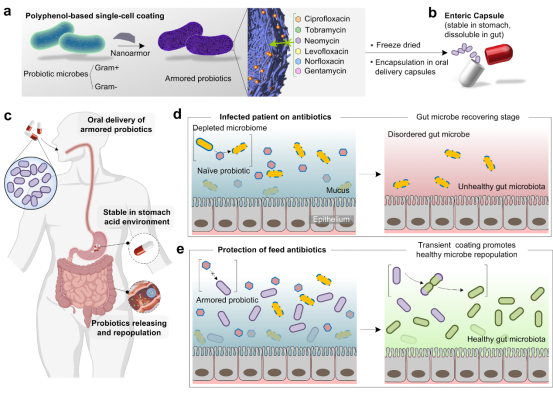
Fig. 1: Natural polyphenol-based single-cell coating (nanoarmor) for the protection of bacteria from antibiotics in the gastrointestinal (GI) tract.
Compared with natural probiotics, armored probiotics also maintain good biological activity under the action of antibiotics (as shown in Figure 2).
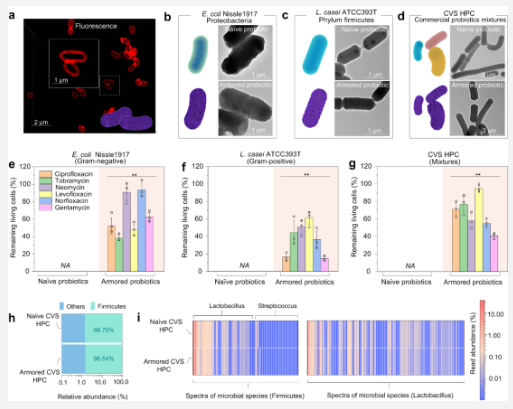
Fig. 2: Nanoarmor of bacteria and protective effect from a wide range of antibiotics.
Polyphenol nano-armor is a porous nano material. The mechanism of improving the antibiotic tolerance of probiotics is to adsorb the antibiotics around probiotics through the multiple interaction between plant polyphenols and antibiotics, so as to avoid the damage of probiotics. This protective effect still exists even after probiotics divide and break through this protective shell (as shown in Figure 3).
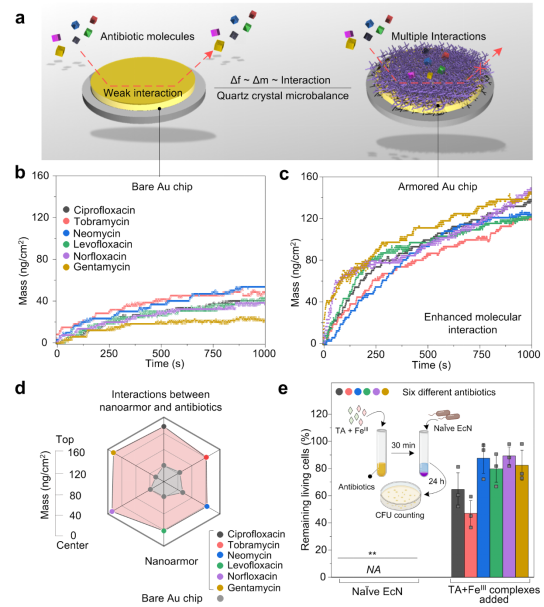
Fig. 3: Interaction between the cell nanoarmor and antibiotic molecules.
Lyophilized armored probiotics can recover rapidly under appropriate conditions. In this study, the freeze-dried powder of armored probiotics was successfully encapsulated in enteric coated capsules. These probiotics can avoid the damage of gastric acid, transport to the intestine smoothly, and colonize in the intestinal environment (as shown in Figure 4).
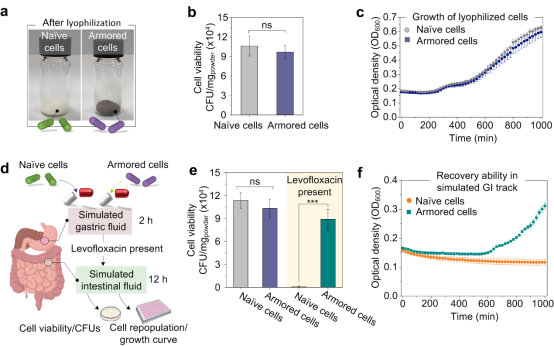
Fig. 4: Encapsulation of lyophilized bacteria and cell recovery in simulated GI conditions.
Withbright application prospects in the future,“This nanoarmor strategy represents a robust platform to enhance the potency of therapeutic bacteria in the gastrointestinal tracts of patients receiving antibiotics and to avoid the negative effects of antibiotics in the gastrointestinal tract.”(Abstract)At present, the research team is actively promoting the transformation and clinical application of this technology.
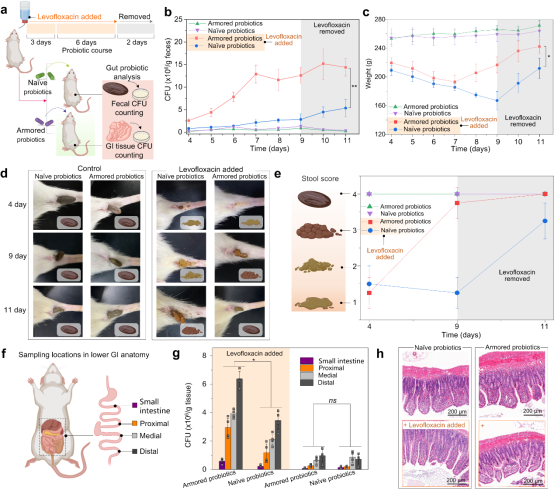
Fig. 5: In vivo protection of armored probiotics from antibiotics.
The work was financially supported by the National Natural Science Foundation of China, China Postdoctoral Science Foundation, State Key Laboratory of Polymer Materials Engineering, the Fundamental Research Funds for the Central Universities, Science and Technology Support Program of Sichuan Province and so forth.
https://www.nature.com/articles/s41467-022-29672-z
